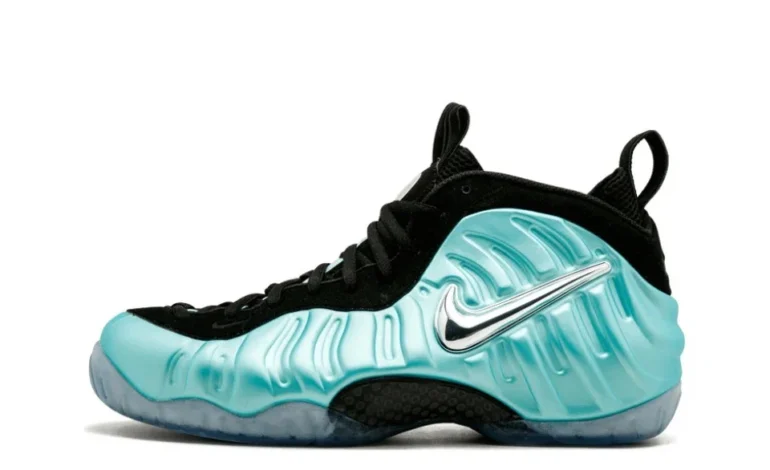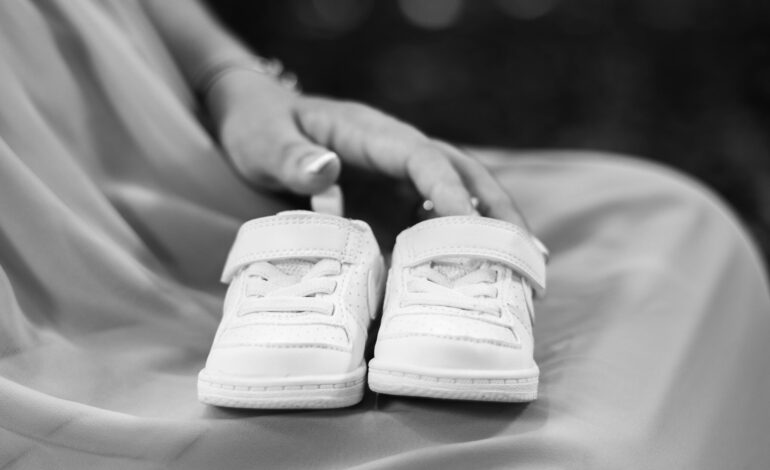Athleisure footwear now appeals to everyone

Introduction Of Athleisure footwear
The athleisure movement has redefined the boundaries between fashion and function, creating a cultural shift that has brought athletic wear into the heart of daily life. Once limited to gym-goers and athletes, athleisure footwear now appeals to everyone, from fitness enthusiasts to fashion-forward professionals. In 2024, the demand for comfortable yet stylish footwear is stronger than ever, with brands competing to deliver shoes that balance aesthetic appeal with performance. This article explores the evolution of athleisure footwear, examining the factors driving its popularity, the leading brands in the space, and the trends shaping its future.
The Origins of Athleisure Footwear
Athleisure footwear traces its roots to the growing popularity of sports shoes in the 20th century, which became status symbols in both athletic and casual settings. Originally, athletic shoes were created purely for sports performance, focusing on functionality and durability. By the late 1970s and early 1980s, however, sneakers began crossing over into casual wear as icons of self-expression and rebellion. Major brands like Nike, Adidas, and Reebok led the charge, blending performance-driven features with style elements that appealed to the broader public.
As cultural icons, including hip-hop artists and professional athletes, began endorsing these sneakers, demand grew rapidly. This laid the groundwork for what we now know as athleisure—a fusion of athletic and leisurewear, tailored for a wide range of activities, from workouts to casual hangouts.
Why Athleisure Footwear Became So Popular
The rise of athleisure footwear was fueled by significant changes in lifestyle, culture, and consumer expectations. As work-life boundaries blurred and people began prioritizing wellness, they sought shoes that could keep up with their dynamic schedules. Athleisure provided the ideal solution: shoes that offered the support of athletic footwear with the versatility and style of casual wear.
Work-from-home culture further boosted athleisure’s appeal, as more people opted for comfortable, multipurpose shoes that could be worn from home offices to errands. The pandemic amplified this shift, pushing athleisure footwear to the forefront of the fashion world, with the industry responding by expanding its range of stylish, functional designs.
Key Features of Athleisure Footwear: Comfort Meets Style
Athleisure footwear stands out due to its careful balance of comfort and style. Here are the key features that make it ideal for modern lifestyles:
- Lightweight Materials: Athleisure shoes typically use materials like breathable mesh, knit fabrics, and advanced synthetics, ensuring they’re lightweight yet durable. These fabrics offer flexibility and ventilation, keeping feet cool during long periods of wear.
- Cushioning and Support: A hallmark of athleisure footwear is its focus on comfort. With cushioned midsoles, ergonomic footbeds, and responsive foam technology, these shoes provide support to prevent fatigue and absorb impact, making them perfect for all-day wear.
- Sleek Aesthetic: Athleisure footwear maintains a streamlined look, blending minimalistic designs with neutral colorways and occasionally bold accents. This design philosophy allows them to pair well with a range of outfits, from workout gear to casual wear.
Top Athleisure Footwear Brands of 2024
As demand for athleisure continues to grow, certain brands have stood out for their innovation, quality, and ability to capture consumers’ desires for stylish functionality. Here are the brands leading the athleisure revolution in 2024:
- Nike: As one of the pioneers of athleisure, Nike continues to dominate with its versatile designs. Collections like Nike Air and Flyknit showcase the brand’s ability to merge athletic performance with urban style.
- Adidas: Known for its Boost and Ultraboost series, Adidas excels at creating shoes that prioritize comfort and energy return. The brand is also committed to sustainability, making strides with recycled materials in its athleisure lines.
- Allbirds: A leader in sustainable footwear, Allbirds’ casual yet polished designs appeal to those who value eco-friendly fashion. Their natural materials, including wool and eucalyptus, are both comfortable and sustainable.
- On Running: Swiss brand On Running combines style with performance, making it a favorite among fitness enthusiasts who want versatile shoes. The brand’s CloudTec technology offers cushioning for both athletic activities and everyday use.
Emerging Trends in Athleisure Footwear
The athleisure market is constantly evolving to meet consumer demands. In 2024, several trends are shaping the industry:
- Sustainable Designs: With environmental consciousness on the rise, brands are turning to sustainable materials like recycled plastics, natural fibers, and biodegradable components. Companies like Nike and Adidas are leading the charge with their eco-friendly initiatives, ensuring that style doesn’t come at the cost of sustainability.
- Hybrid Shoes: Athleisure footwear now includes hybrid models that can transition from the gym to social gatherings. These shoes often feature rugged soles and versatile designs, allowing users to wear them in various settings without compromising on style or comfort.
- Personalization Options: Consumers are increasingly looking for customization, from color choices to personalized logos. Many brands now offer custom services, allowing buyers to create shoes that reflect their unique style.
The Role of Technology and Materials in Athleisure
Innovation in materials and production technology has driven the success of athleisure footwear. High-tech fabrics, 3D printing, and bio-based materials are just a few examples of advancements that make today’s athleisure shoes more functional and sustainable.
Brands are also integrating smart technology, such as sensors that track steps, calories, and even posture. Although still in its early stages, tech-enhanced footwear is expected to grow, appealing to health-conscious consumers who want their shoes to be as smart as their devices.
Sustainable Athleisure: Eco-Friendly Footwear
Sustainability has become a top priority in athleisure footwear. Brands are responding by using recycled and biodegradable materials, implementing low-waste production processes, and launching eco-conscious collections.
For example, Adidas’ Futurecraft Loop sneakers are designed to be fully recyclable, while Allbirds uses natural fibers like wool and eucalyptus for breathable, comfortable, and sustainable shoes. These efforts align with consumer expectations for products that are both stylish and environmentally responsible.
Athleisure in High Fashion: Bridging Casual and Luxury
Athleisure is no longer limited to casual or athletic settings; it has entered the realm of high fashion, as luxury brands like Balenciaga, Gucci, and Louis Vuitton have introduced athleisure-inspired footwear into their collections. This crossover highlights the growing acceptance of casual styles in formal and semi-formal settings, as well as a desire for comfort in all areas of life.
These high-fashion athleisure shoes often feature premium materials, intricate designs, and limited-edition releases, appealing to those who value exclusivity and are willing to invest in luxury.
Athleisure Footwear for All Ages and Lifestyles
Athleisure footwear isn’t just for young adults or athletes; it appeals to people of all ages. From kids to seniors, the demand for comfortable, supportive, and stylish shoes spans generations. Many brands now offer a wide range of sizes and designs to cater to different demographics, ensuring that athleisure remains accessible to everyone.
Conclusion
The evolution of athleisure footwear reflects broader changes in culture, lifestyle, and fashion. No longer confined to athletic contexts, these shoes have become essential staples in modern wardrobes, representing the perfect fusion of comfort and style. In 2024, athleisure continues to push the boundaries of design, sustainability, and versatility, appealing to consumers who value practicality without compromising on aesthetics. As technology and sustainability drive future innovations, athleisure footwear is likely to remain a dominant force in the fashion world, uniting people through the universal need for style, comfort, and self-expression.



